
National Science and Media Museum volunteer Rosemary Cole discovers the links between photography and paintings at our Poetics of Light exhibition.
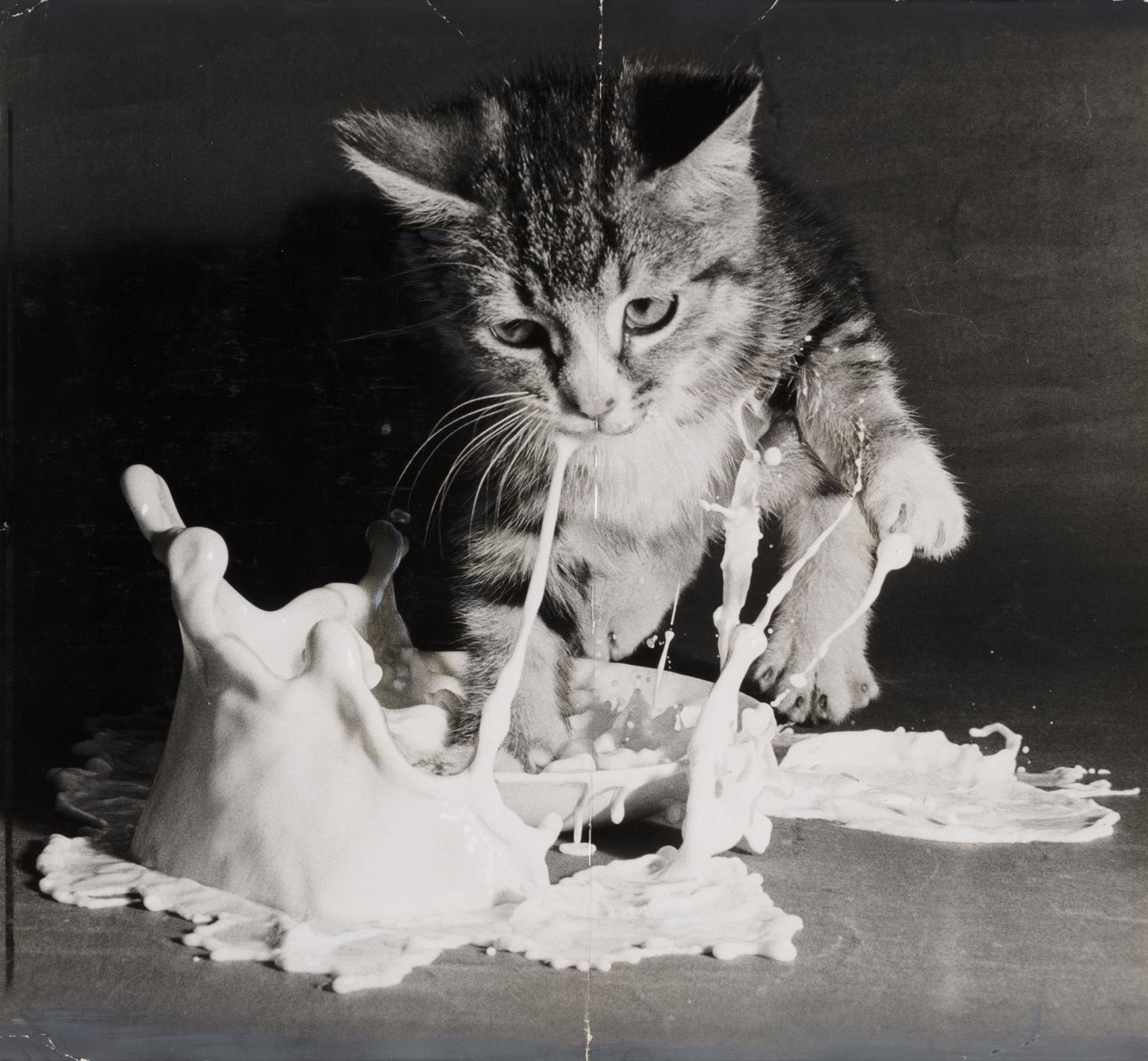
From the very first photographic images to the work of contemporary photographers, photography is one of our major areas of expertise and is represented throughout our collection.

National Science and Media Museum volunteer Rosemary Cole discovers the links between photography and paintings at our Poetics of Light exhibition.
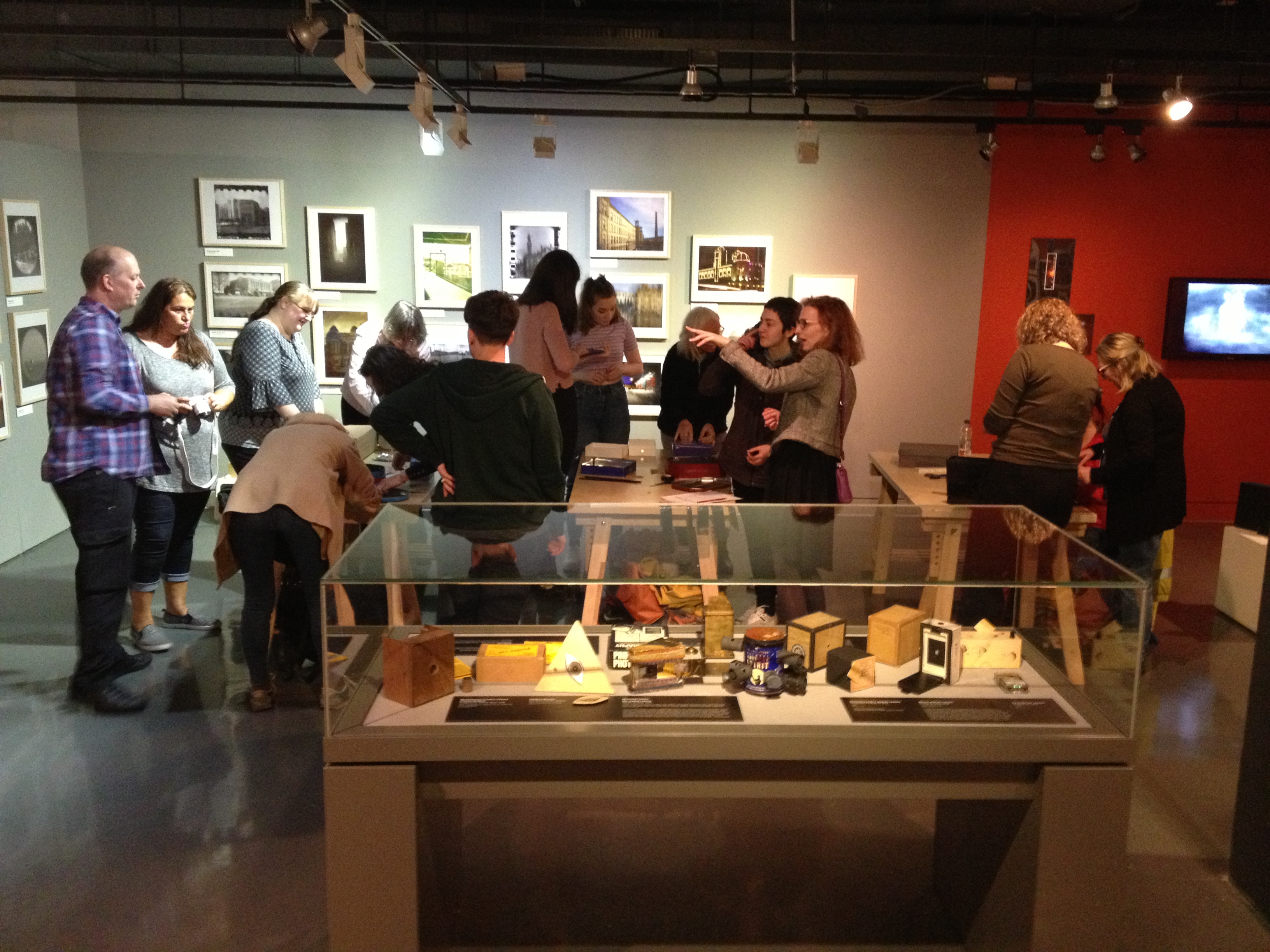
Sunday 30 April was World Pinhole Day, and to mark the occasion we teamed up with the Bradford School of Art to explore the world of pinhole photography.
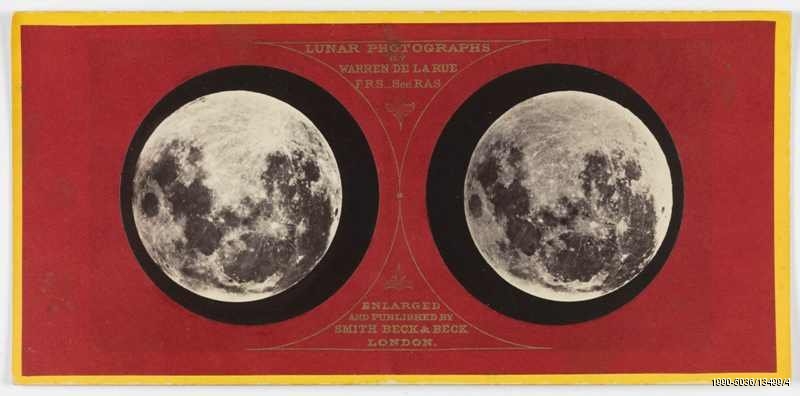
As well as people and landscapes, stereo-images were also used to capture fantastic views of the Moon.

National Science and Media Museum volunteer Peter Harvey writes about how Poetics of Light proves the simplest cameras can produce some of the most atmospheric images.
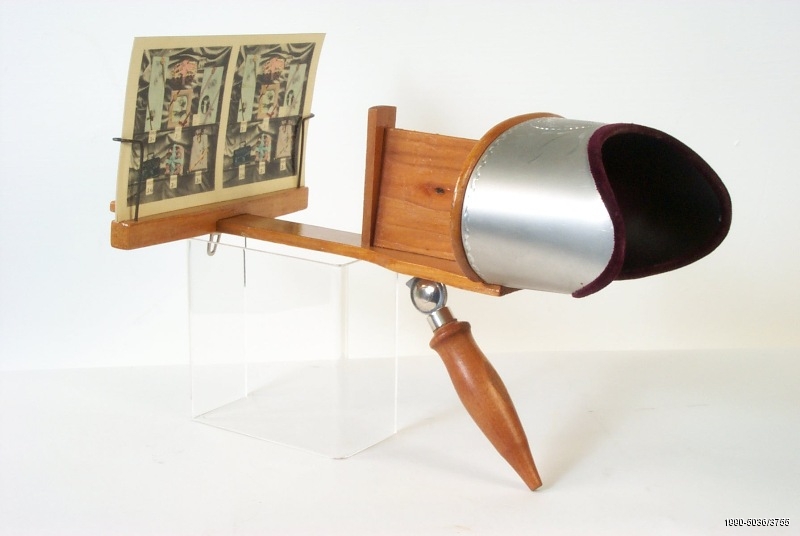
You might think of 3D as brand new technology—but the surprisingly modern-looking 3D viewers in our collection date back to the late 19th century.
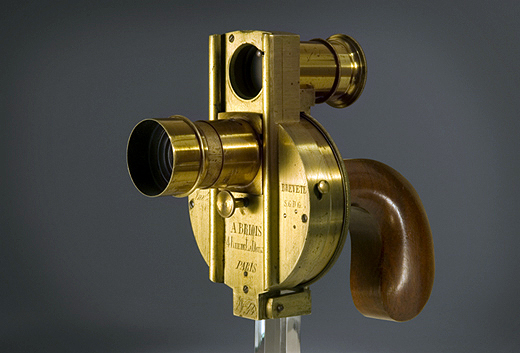
Cameras and guns might both ‘shoot’ things, but what else do they have in common? Take a look at some examples of amalgamated versions of these technologies from our collection.
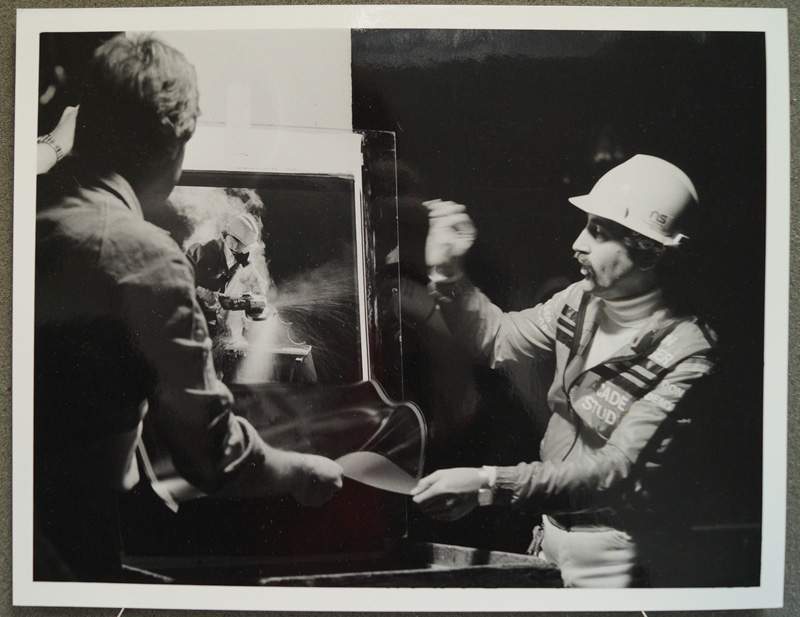
Large format Polaroid photographs—some more than 2m high and 1m wide—were made in an instant but offer a challenge when it comes to long-term preservation.
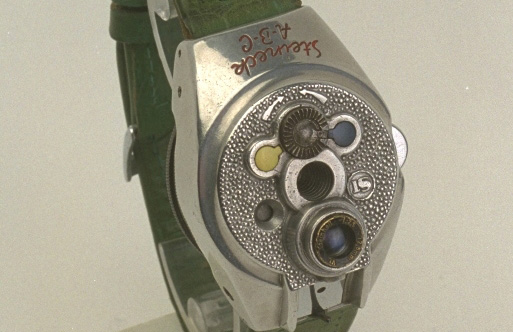
Wearable technology isn’t as new as you think. From 1880s portable cameras to the personal radio of the 1930s, see some intriguing examples from our collection.
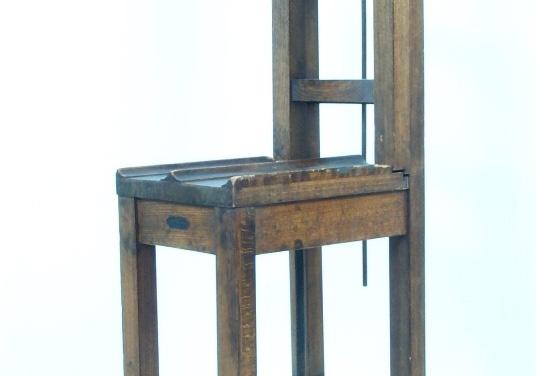
This unusual chair was used to take portraits of a particular kind of person. Can you guess who?
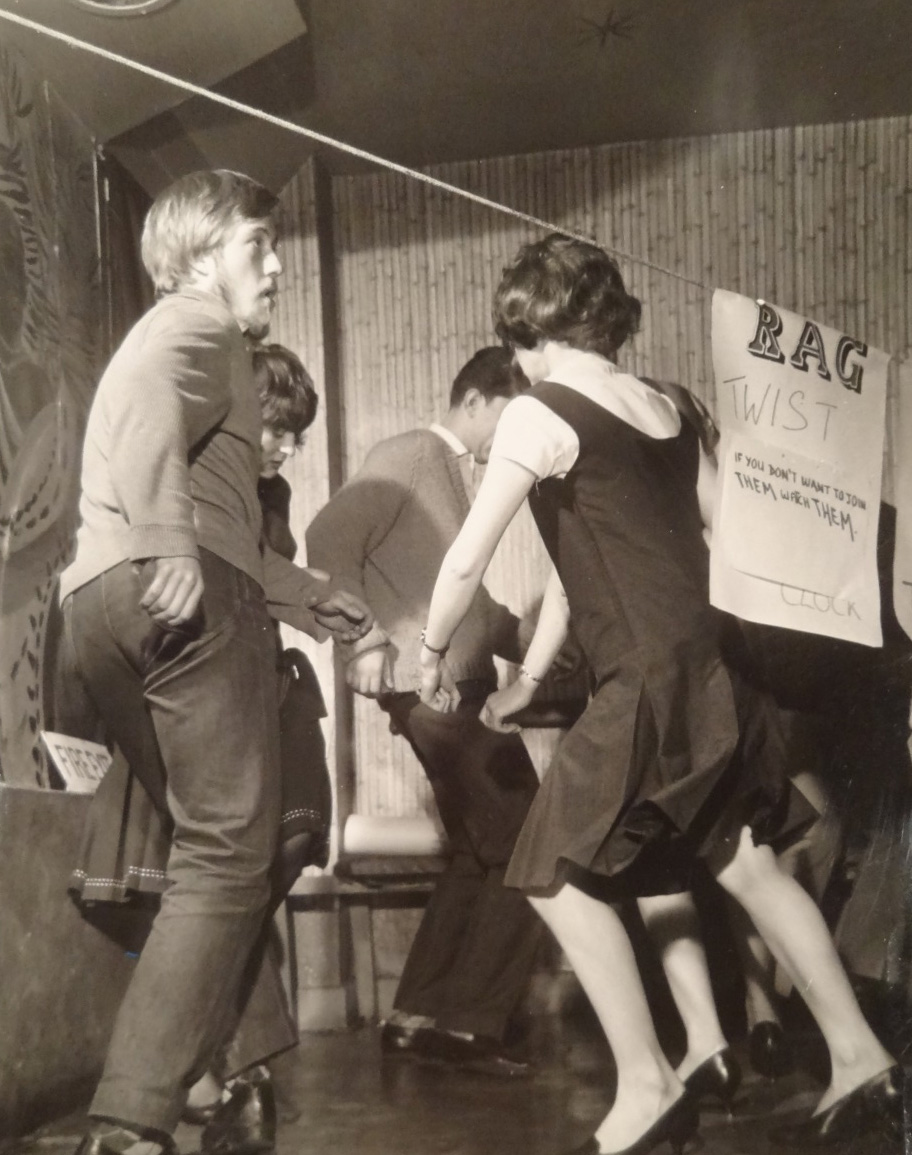
Dance crazes have always sparked outrage and debate, as these images from our collection prove!

Hit It! is an unusual (and often amusing) installation that captures candid portraits of people in motion.
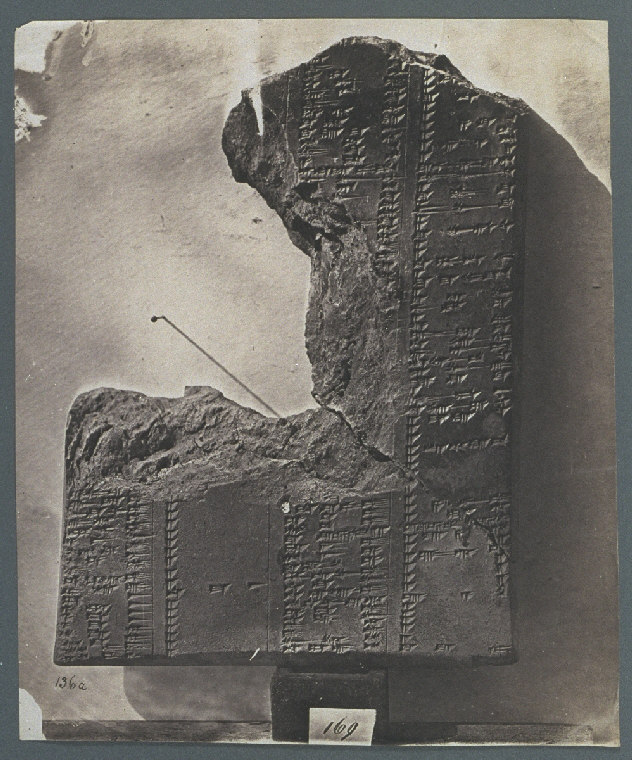
Sometimes, it’s difficult for a photograph to embody the essence of a historic object. How have techniques developed when it comes to recording ancient artefacts?